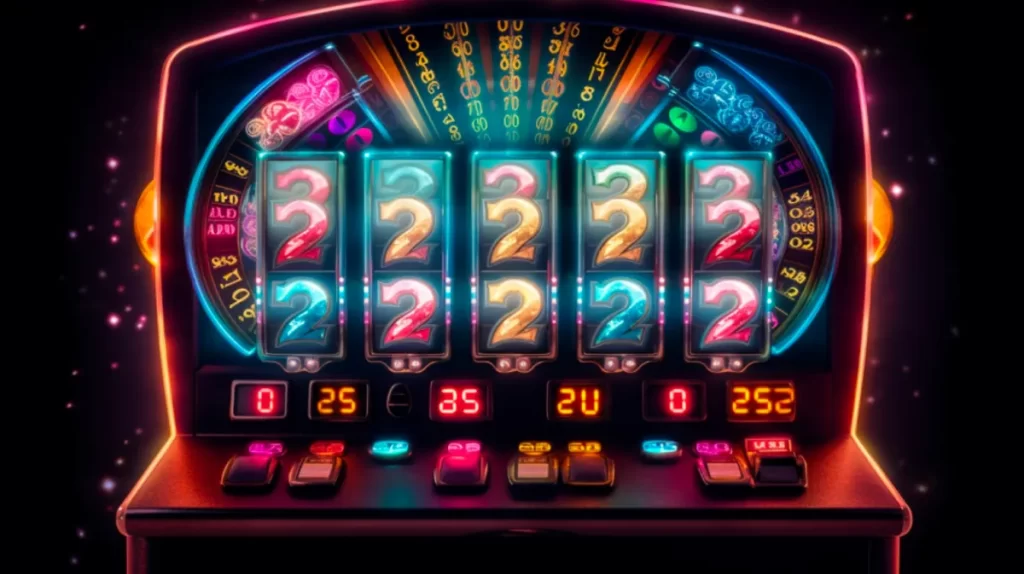Slot machines, also referred to as fruit machines, are mechanical or electrical machines which operate automatically when an item such as coins are inserted and operate to dispensing merchandise, tokens, redeemable game credits, cash and/or other rewards.
Some slot games feature unique elements to enhance gameplay and increase your odds of a payout, like an avalanche mechanic that removes winning symbols from the reels to be replaced by new ones.
Reels
Reel patterns on slot machines hold symbols and host winning combinations, and may be horizontal, vertical or criss-cross depending on the game. Some slots offer multiple paylines while others provide extra features like duplicating, spreading or sticky wilds that add excitement and increase chances of big winnings.
Some games include special symbols that can activate mini-games or reward players with jackpots – this feature is particularly helpful in high volatility machines. Furthermore, certain games also contain features which entice the player with the possibility of bonus rounds even after sufficient coins have been played to qualify for one; such features are known as stock, renchan, or the tenjo.
Symbols
Slot machines feature various symbols that vary by game and can include standard, wild, scatter and bonus icons. Furthermore, additional features like multipliers, sticky symbols or expanding wilds may further customize these games to make your experience enjoyable.
Multipliers are an invaluable feature that exponentially multiply any winning combination they join, from two times to ten times its original prize value. They are often employed to increase prize values of single symbols or multiple ones across an entire payline.
Other bonus features in slot games include stacked and sticky symbols that remain fixed over a number of spins, some even featuring special multiplier functionality for added benefits – giving players more chances at creating winning combinations each spin!
Paylines
Paylines in slot games are patterns on which symbols can land and trigger a payout, either straight or in any direction from adjacent reels. They may be straight or take on any zig-zag pattern running across them; to win you must have at least three matching symbols land along any given payline; some slots allow for adjustable paylines while others have fixed ones; yet others even feature all-ways paylines that allow matching in either direction across adjacent reels – to win at this game!
Cluster Pays are another popular mechanism, differing from regular paylines in that winning combinations form in groups of identical symbols rather than consecutively. A popular example is Sweet Bonanza by Pragmatic Play that utilizes this mechanism – their paytable displays their number and layout of paylines.
Bonus rounds
Slot bonus rounds are an integral component of slot gaming, offering extra excitement, potential winnings growth, and interactive mini-games to players. Understanding their workings, trigger mechanisms and how best to exploit their potential through strategic gameplay is essential for creating a memorable gaming experience with slot bonus rounds.
One of the most beloved slots bonus round features is multipliers, which increase payouts by multiplying total bet, payline bet or previous spin winnings by an established factor. Multipliers can quickly turn modest wins into large payoffs; other popular features include cascading reels and avalanching reels.
Weight count
Slot machines offer more than bonus rounds – they often boast other features to make them more engaging, such as betting on winnings, progressive jackpots and multipliers that set them apart from their competition and increase chances of a successful spin.
Weight counts are devices designed to weigh banknotes and coins to determine their denomination by comparing each piece’s weight with a pre-programmed table of known weights. This eliminates manual counting which can be both time-consuming and error-prone; some devices even allow users to enter an initial sample piece weight which then serves as the unit weight for all subsequent counts; then the machine compares each piece against this unit weight before displaying its results.




